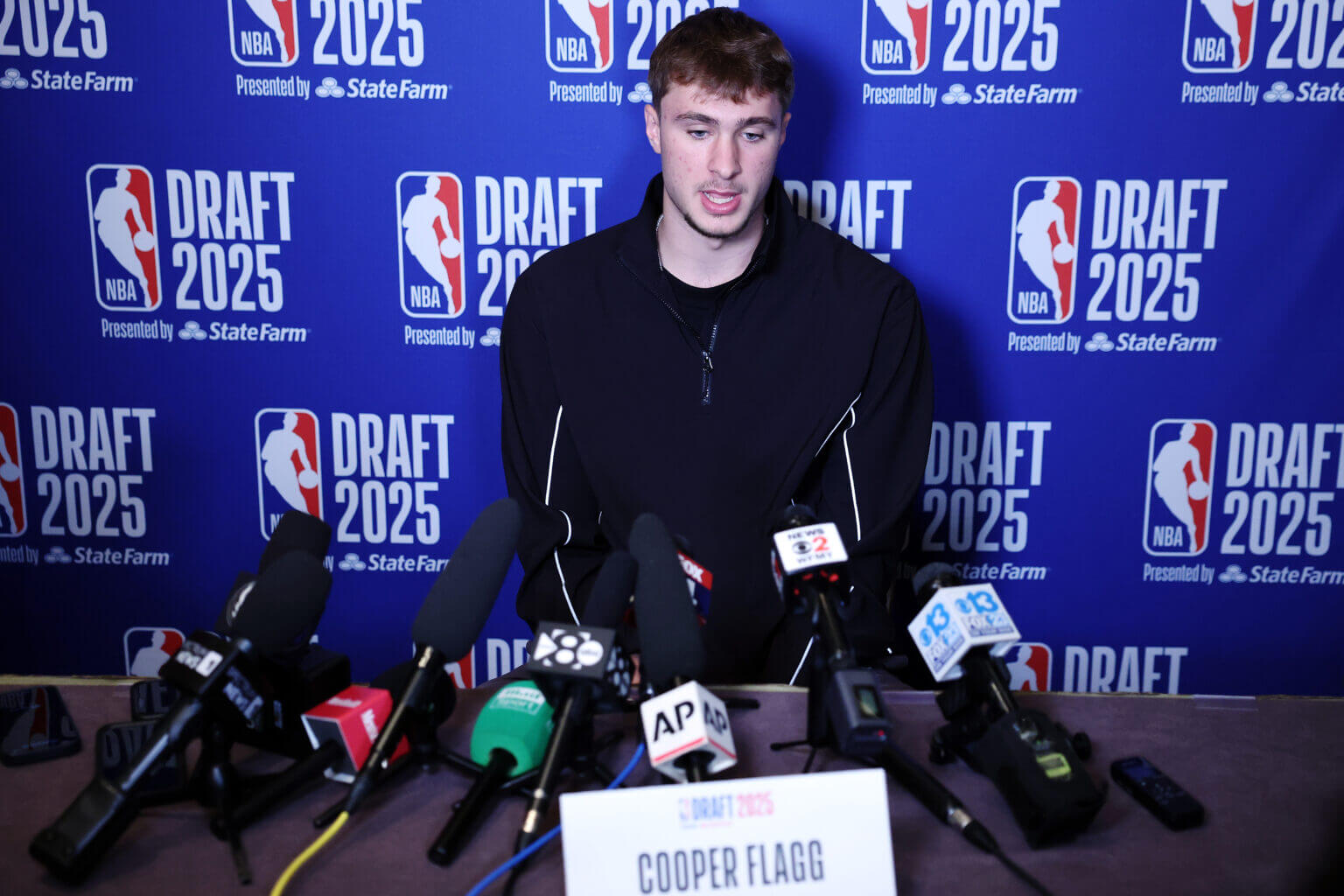Understanding the NBA’s Consistent Schedule: Why the Draft Occurs So Soon After the Finals
Is it surprising that the NBA is already conducting its draft just days after the conclusion of the Finals? Many fans might think the league would give itself more breathing room, but the reality is quite different. The NBA has maintained a steadfast calendar, with little indication of plans to alter its timeline in the near future.
League Officials Explain the Continuity of the NBA Calendar
This week, a leading NBA executive was asked why the league proceeds with its draft so swiftly following the championship series. Byron Spruell, the league’s president of league operations since 2016, emphasized that the current schedule is effective and that there’s no pressing need for change. “Our model functions well,” Spruell stated. “We’ve followed this pattern for years without feeling the necessity to make adjustments.”
Factors Supporting the Current Schedule
Spruell highlighted that other international basketball events, such as FIBA World Cup qualifiers and continental tournaments, are typically scheduled later in the summer. These events are less of a concern for the NBA, which operates on a different rhythm compared to other global leagues. In contrast, the NFL has successfully integrated offseason activities into its calendar, including the draft, which takes place over two months following the Super Bowl, and the schedule release in May. These strategic placements help maintain fan engagement during the NFL’s quieter months.
Comparing NBA and NFL Offseason Timelines
While NFL fans eagerly analyze the draft combine held in late February-an event that coincides with the league’s offseason-the NBA’s equivalent, the NBA Draft Combine, occurs in May, during the heat of the conference semifinals. During that period, basketball enthusiasts are often more captivated by playoff surprises, such as the unexpected victories of the New York Knicks or Indiana Pacers over traditionally dominant teams like the Boston Celtics and Cleveland Cavaliers.
Maximizing Fan Engagement During the Offseason
Although the NBA’s season concludes in early June, the league could potentially extend its content offerings to keep fans engaged well into the summer. Events like the NBA Summer League, which begins shortly after the draft, serve as a bridge, but some argue that more strategic scheduling could generate sustained interest. However, Spruell maintains that the current sequence-finishing the Finals, then immediately moving into the draft and Summer League-works well for the league’s operational model.
Potential Schedule Adjustments and Global Considerations
In the past, there have been suggestions to shift the NBA draft to later in the summer-perhaps in late July or early August-after free agency and the Summer League. Yet, Spruell points out that such changes could conflict with international commitments, including the Olympics and FIBA World Cup. For instance, the 2027 World Cup is scheduled from late August to mid-September, and the 2028 Los Angeles Olympics are set for July. These major events involve NBA players and could complicate offseason scheduling if the league were to shift its calendar.
The NBA’s Global and Domestic Business Strategy
While the NFL might have the Olympics to consider with the debut of flag football at the 2028 Games, it lacks the extensive global basketball infrastructure that the NBA has cultivated. The NBA’s international footprint includes the WNBA, NBA G League, NBA 2K League, and the Basketball Africa League-all of which are co-owned or operated by the league. Additionally, the NBA is exploring a European counterpart, further solidifying its year-round presence in the global sports scene.
Balancing the Draft Timing and Team Preparation
Some critics argue that scheduling the draft so soon after the Finals might disadvantage teams that go deep into the playoffs, such as this year’s Oklahoma City Thunder and Indiana Pacers, who played until Sunday’s decisive game. However, Spruell counters that these teams are well-prepared, as NBA organizations typically plan their offseason activities meticulously. Unlike the NFL, which scouts around 1,000 college players for its draft, NBA teams focus on fewer prospects-fewer than 60 in this year’s draft-making the transition smoother.
Legacy and Future of the NBA’s Scheduling Philosophy
Ultimately, the league’s longstanding sequence of events has become deeply ingrained in how teams operate. Spruell emphasizes that significant changes to the NBA calendar have never been a major topic of discussion within the league. “Our teams have grown accustomed to this schedule,” he explains. “While we remain open to exploring adjustments, the current timeline aligns well with our operational and strategic goals.”
In conclusion, the NBA’s calendar reflects a deliberate balance between tradition, global commitments, and fan engagement. Its consistency ensures a seamless flow from the Finals through the draft and into the summer leagues, maintaining momentum and interest throughout the year.

